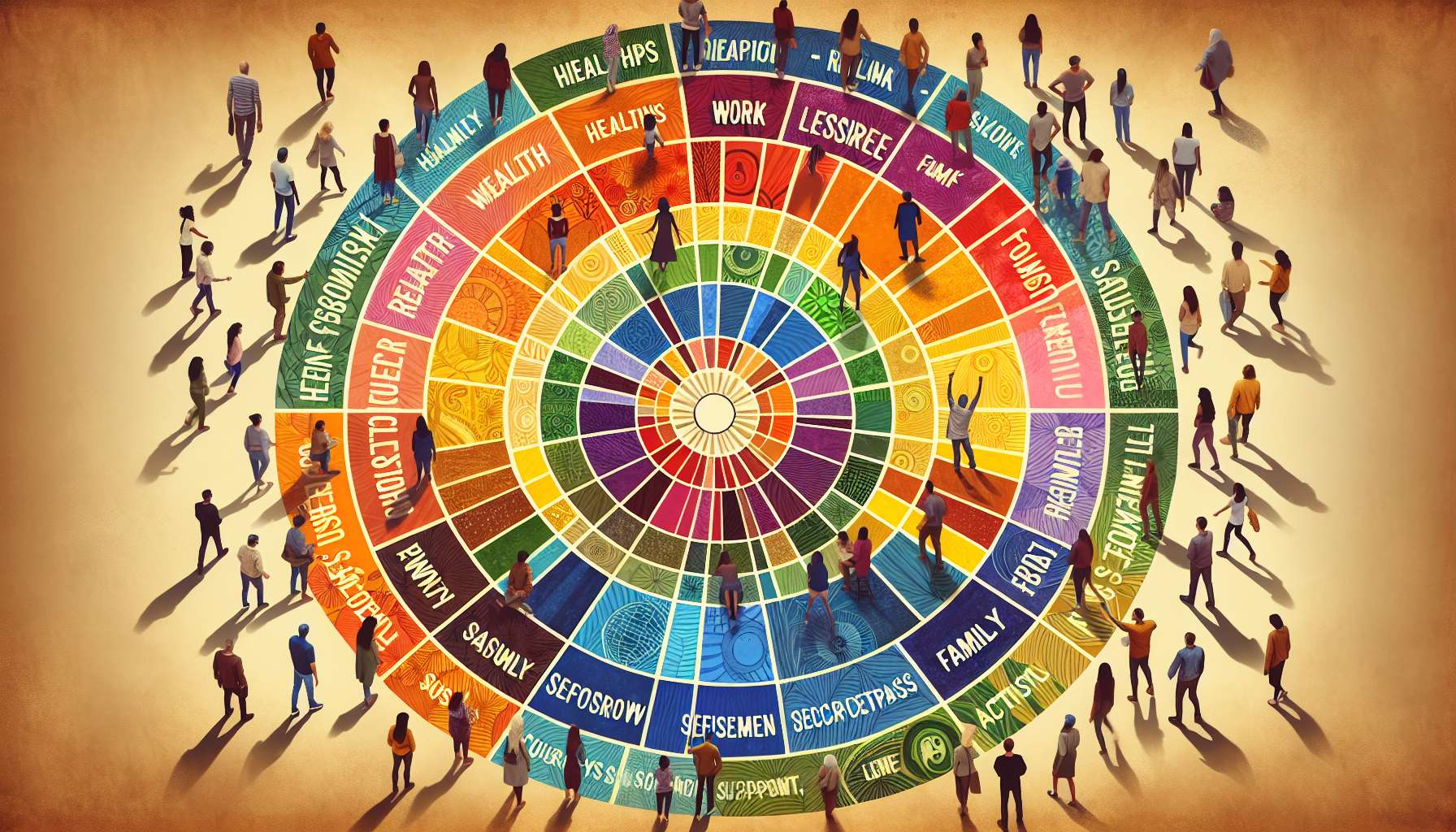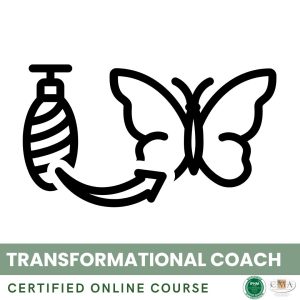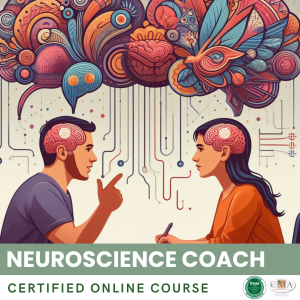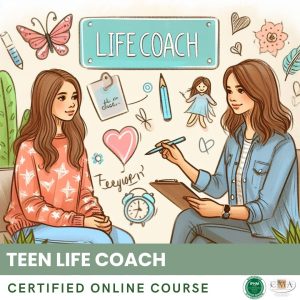The wheel of life and the situation assessment are very useful complementary tools in coaching for LGBTQ+ individuals. They allow for a comprehensive understanding of the individual’s current situation and identification of priority life domains to work on. This diagnostic stage is essential to define relevant and targeted objectives.
The wheel of life is a visual tool that presents the different dimensions of existence in the shape of a circular diagram. Each sector corresponds to a specific area, such as health, relationships, work, leisure, personal development, etc. The individual is invited to evaluate their level of satisfaction in each area, typically on a scale of 0 to 10. By connecting these points, a graphic representation of the current life balance is achieved.
The benefit of the wheel of life is to illuminate the most satisfying aspects and points of dissatisfaction. The highest rated sectors correspond to the resources and strengths on which the individual can rely. The lowest-rated sectors reveal the areas that should be prioritized for improvement. The goal is often to rebalance the wheel to achieve a harmonious level of satisfaction in all areas.
For LGBTQ+ individuals, some sectors may be particularly important to investigate, such as self-acceptance, family relationships, social support, activism, etc. The coach can add or adapt these areas based on the individual’s specific situation. The tool promotes holistic reflection and highlights the interconnections between various life spheres.
The situation assessment deepens the analysis by exploring each identified area. It involves a detailed examination that reviews various aspects of the individual’s life: their personal, relational, professional, material situation, and so forth. The coach helps explore the satisfactions, dissatisfactions, accomplishments, difficulties, aspirations, and fears in each area.
The assessment may rely on open-ended questions to encourage introspection: “How do you feel about your romantic life at the moment?”, “What are your primary sources of stress at work?”, “What are you most proud of in your journey?”, etc. The coach ensures maintaining a caring and non-judgmental framework to encourage free and sincere expression.
The aim of the assessment is to clarify the present situation, but also to identify the resources that can be mobilized and the levers of change. The coach helps the individual become aware of their strengths, skills, and opportunities to seize. They also prompt them to recognize the brakes, obstacles, and limiting beliefs which can hinder their fulfillment.
Take the example of Julie, a 40-year-old transgender woman who begins coaching to improve her self-assertion. Her life wheel reveals high satisfaction in the areas of health and creativity, but marked dissatisfaction in friendly relationships and professional life. The situation assessment allows understanding that she struggles to create authentic connections out of fear of rejection and that she self-censors at work for fear of discrimination. These insights enable the definition of targeted coaching goals, such as developing relational assertiveness and preparing a professional coming-out.
The wheel of life and the situation assessment are valuable tools to initiate coaching. They set a rich and nuanced stage, rooted in the unique reality of the individual being coached. They foster a strong working alliance by giving the coach a refined understanding of the stakes and specific needs. They lay the groundwork for personalized and embodied coaching, serving the optimal development of each individual in all their dimensions.
Key takeaways:
– The wheel of life and the situation assessment are useful complementary tools in coaching LGBTQ+ individuals. They allow for a comprehensive vision of the current situation and identification of priority domains.
– The life wheel illuminates the satisfying aspects and points of dissatisfaction. It fosters holistic reflection and underscores the interconnections among the various life spheres.
– For LGBTQ+ individuals, certain sectors may be particularly important to explore, such as self-acceptance, family relationships, social support, activism, etc.
– The situation assessment deepens the analysis by exploring each domain. It leans on open-ended questions that encourage introspection, within a loving and non-judging context.
– The assessment clarifies the current situation, identifies the resources to mobilize and the levers of change. The coach assists the individual in recognizing their strengths and opportunities, as well as the brakes and limiting beliefs.
– These tools set the bases for personalized and embodied coaching, serving the optimal development of each individual in all their dimensions. They foster a solid working alliance between the coach and the coached individual.
👉 To download docx (Editable) file click here : Click here
👉 To download PDF file click here : Click here
👉 To download MP3 file click here : Click here









